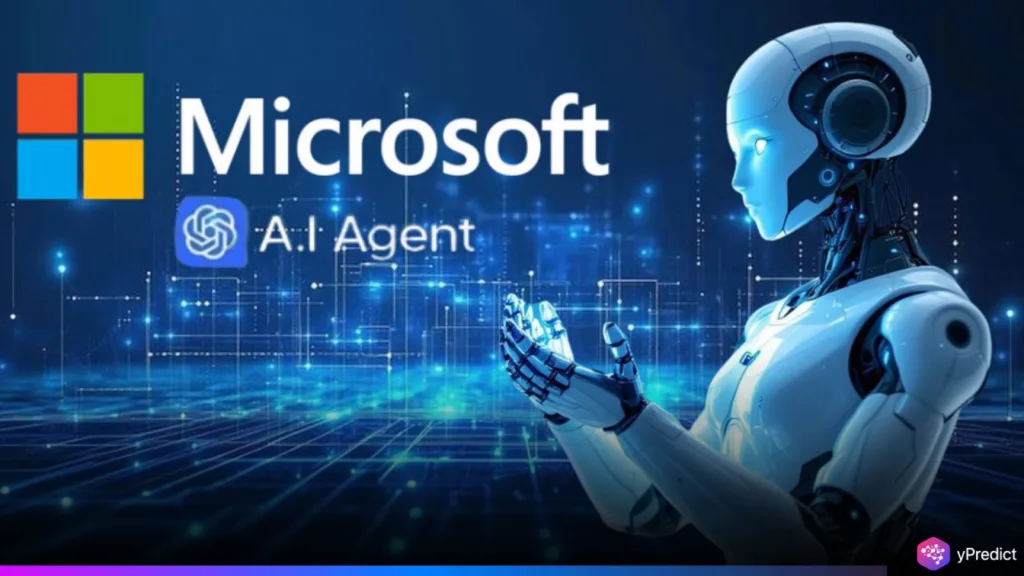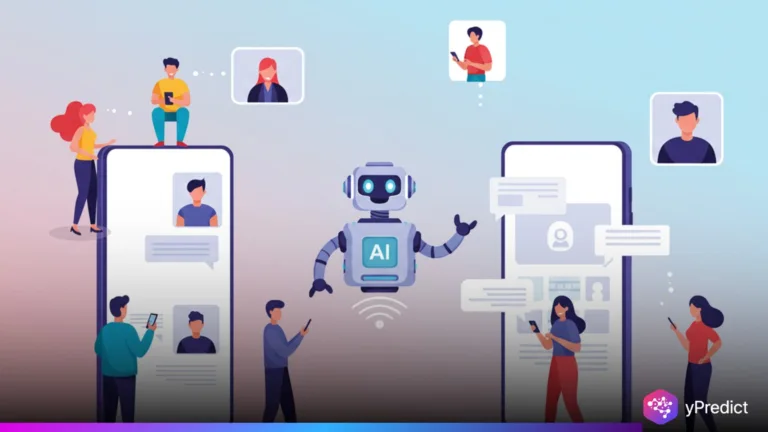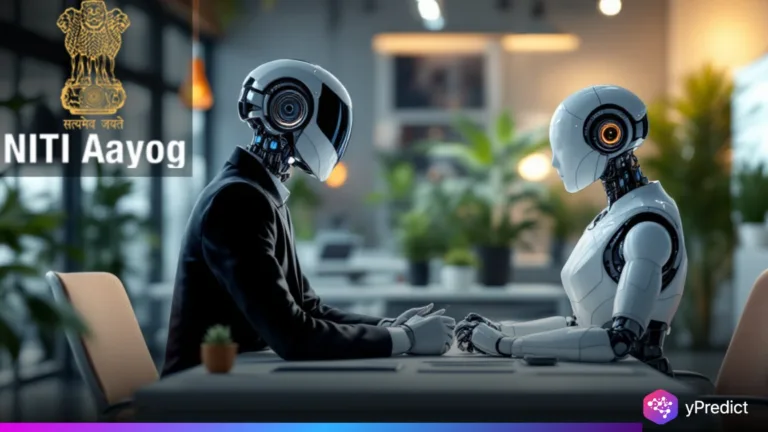
Microsoft has unveiled a new generation of AI agents ahead of Build 2025, indicating a significant advancement in artificial intelligence.
These next-generation agents are designed to collaborate, maintain long-term memory, and perform complicated tasks across several platforms, allowing for more human-like interaction and collaboration.
Built on open protocols, the technology enhances workplace productivity and streamlines digital workflows, positioning Microsoft as an AI innovation leader. These agents mark a shift from traditional language models to intelligent, autonomous systems with contextual awareness and adaptive software capabilities.
AI Agents with Memory and Teamwork
Microsoft is paving the way for a new AI era, where agents from different organizations collaborate seamlessly and retain interaction memory. According to Reuters, Chief Technology Officer Kevin Scott shared this vision during a briefing at Microsoft’s Redmond, Washington, headquarters. He outlined the company’s forward-looking strategy ahead of the annual Build developer conference, scheduled for May 19 in Seattle.
He emphasized Microsoft’s heavy investment in standardizing frameworks that let AI agents connect smoothly across platforms and organizations. These autonomous systems perform tasks like debugging code and collaborating independently across diverse digital environments.
Moreover, Microsoft is tackling a major limitation in today’s AI systems: limited memory that prevents continuity in human-agent interactions. Most AI exchanges are transactional, making it hard for agents to build on previous conversations or understand long-term context.
To address this, Microsoft is exploring structured retrieval augmentation, enabling AI agents to capture and store key moments from interactions.
This technique generates a navigable summary of previous interactions, allowing agents to recollect relevant context without exhausting computing resources, an important consideration given the high costs involved with persistent memory. Scott explained that,
This is a core part of how you train a biological brain. You don’t brute force everything in your head every time you need to solve a problem.
Collaborative AI Through Open Protocols
Microsoft supports the Model Context Protocol (MCP), an open-source standard by Anthropic and Google, as part of this initiative. Much like HTTP transformed web communication in the 1990s, MCP enables AI systems to collaborate, share tasks, and coordinate effectively. MCP allows AI from various vendors to exchange information, synchronize workflows, and interact seamlessly within a unified technical framework.
Scott compared the protocol’s potential to that of early internet protocols such as HTTP, implying that it may pave the way for a “agentic web”, a new layer of the internet in which AI agents function independently but collectively. He said that,
It means that your imagination gets to drive what the agentic web becomes, not just a handful of companies that happen to see some of these problems first.
Accordingly, Microsoft’s adoption of MCP is expected to promote a more open AI ecosystem, decreasing reliance on single-vendor systems and allowing developers to create flexible, modular agents for a variety of sectors.
Conclusion
AI is rapidly integrating into business functions, and Microsoft’s agent-centric model signals a major shift in enterprise thinking. Instead of treating AI as separate tools, Microsoft envisions intelligent agents as long-term collaborators across varied digital environments.
These agents will learn, adapt, and operate independently, streamlining tasks and boosting productivity across all business operations. This shift aims to enhance efficiency, improve client experiences, and simplify complex processes throughout organizations worldwide.
In an era when technology leaders compete to build the next frontier of AI, Microsoft’s commitment to interoperability, memory enhancement, and autonomous agent capabilities positions it as a key architect of what might become the underlying fabric of intelligent computing.






